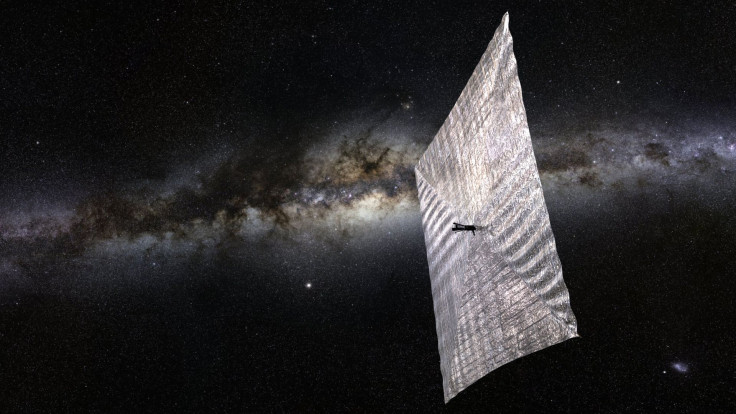LightSail 2: Solar-Powered Spacecraft Sends First Signals From Outer Space
To explore outspace and planets, spacecrafts need a lot of power. To solve this, scientists launched a first-of-its kind solar-powered LightSail 2 in 2019 and now it has sent back its first signals from outer space.
The Plantary Society said the goal of their project LightSail is to show that solar sailing is a viable means of propulsion for CubeSats, a small, standardized spacecraft. This is part of the global effort to lower the cost of space exploration. Space.com says that fuel is a costly and heavy commodity. “If LightSail 2 can prove that the solar-powered technique works well, perhaps future missions into the deep reaches of the solar system and beyond can be propelled by the charged particles released by the sun,” it said.
Bruce Betts, LightSail program manager and Planetary Society chief scientist, said the project was launched into space on June 25 from the Kennedy Space Centre in Florida aboard the SpaceX Falcon Heavy megarocket.

Betts said LightSail 2 will open up its ultrathin four-panel sail to achieve a surface area about the size of a boxing ring. But, the team needed to first check on the spacecraft’s health. And on July 2, the Planetary Society received signals from LightSail 2’s recently-deployed radio antenna. Betts explained it began transmitting status data and a call sign in the form of a morse code.
“We are all very happy, after years of preparation we are flying an operational spacecraft,” he said.
The team expects LightSail 2 to deploy its solar sail early next week. Officials explained that this will work when the rays from the sun give the spacecraft a gentle push. They said they will be observing LightSail 2 over a period of a month to see if it shifts in its orbit by a measurable amount. This, they added will help demonstrate that solar sailing is an effective propulsion technique.
Moreover, LightSail 2 could set the trend in future space exploration to use solar energy as fuel.
© Copyright IBTimes 2025. All rights reserved.





















